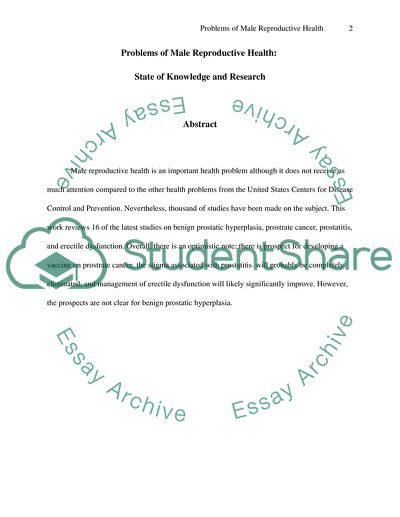Cite this document
(“Male Reproductive Health Problems Research Paper”, n.d.)
Male Reproductive Health Problems Research Paper. Retrieved from https://studentshare.org/health-sciences-medicine/1742366-scholarly-research-paper-male-reproductive-health-problems
Male Reproductive Health Problems Research Paper. Retrieved from https://studentshare.org/health-sciences-medicine/1742366-scholarly-research-paper-male-reproductive-health-problems
(Male Reproductive Health Problems Research Paper)
Male Reproductive Health Problems Research Paper. https://studentshare.org/health-sciences-medicine/1742366-scholarly-research-paper-male-reproductive-health-problems.
Male Reproductive Health Problems Research Paper. https://studentshare.org/health-sciences-medicine/1742366-scholarly-research-paper-male-reproductive-health-problems.
“Male Reproductive Health Problems Research Paper”, n.d. https://studentshare.org/health-sciences-medicine/1742366-scholarly-research-paper-male-reproductive-health-problems.


